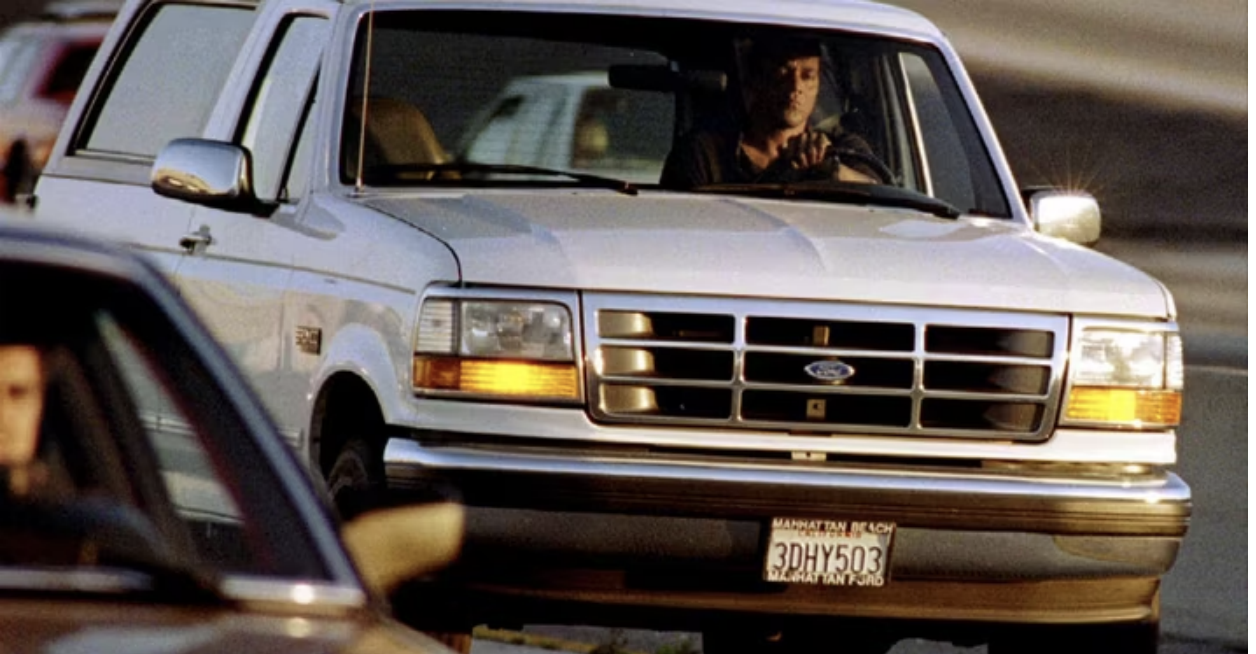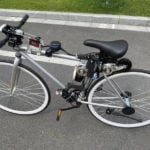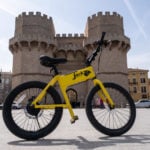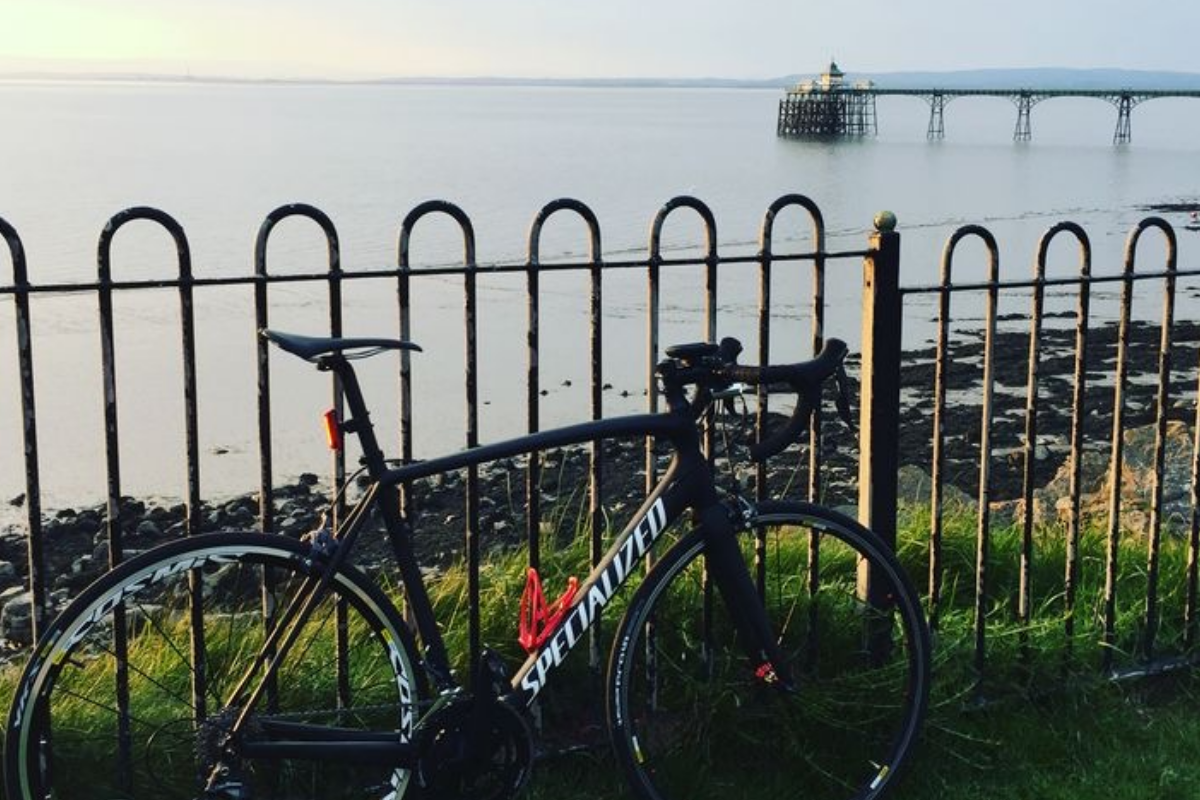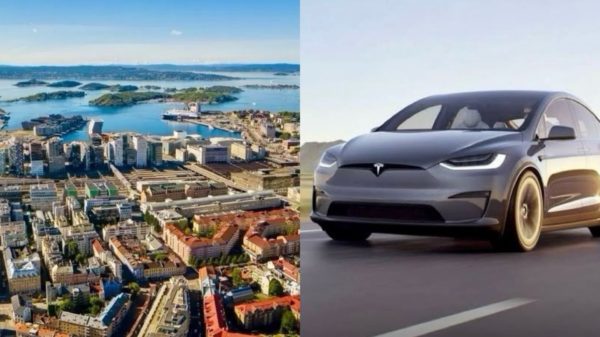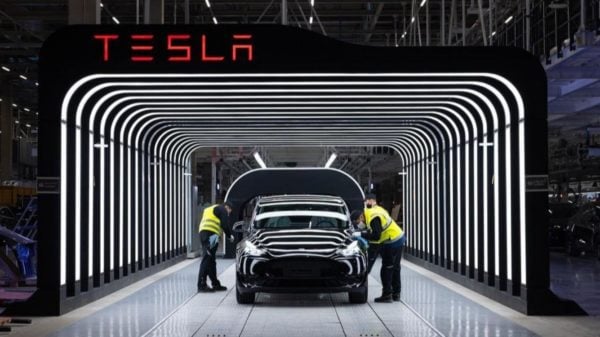Clevedon, a small town located in Somerset, England, is a town with breathtaking views. However, small Clevedon has been in the news lately for reasons you might not expect. Some residents of the town are protesting against a new bike lane that was created along the seaside. The anti-bike lane protesters blocked the bike lane by parking directly on it.
The dispute started when a new painted bike lane was created along the seaside. This new addition forces car owners to park their cars differently from the way they used to, and they’re not taking this lightly.
Prior to the new bike lane, car owners parked their cars facing the sea head-on and enjoying the waterfront view. However, after the new addition, drivers were forced to park their cars in a certain angled way in order to make room for the bike lane.
The angry drivers argued that the adjustment they had to make would ruin their views of the waterfront. So, they decided to protest against it, making some people wonder if the drivers can’t just simply turn their necks or if they cannot enjoy the view without their cars.
During the protest, about 40 drivers parked the way they used to instead of parking diagonally, which is the new way, and they refused to move their cars from the spot the next day.
The protestants named their local campaign group “Save our Seafront.” A member of the campaign group, Chris Berry, said that the march was “a peaceful parking flash mob.” “There are about 40 cars, all taking in the view of the sea. These are not people who are used to civil disobedience; they are just people who feel very strongly about what is happening to their waterfront,” Chris Berry explained.
The town and its residents have been divided over the issue. Local cyclists are a bit confused about the disagreement, but they are also saying that maybe there are better places to spend the council’s money on road resurfacing.
The council argues that the new bike lane will help people commit to a healthier lifestyle by motivating them to cycle and walk in the town. As opposed to what the car-driving protestants have called “the attempt to reduce car-based tourism,” the council argued that the new bike lane would help tackle the current climate emergency.
However, beyond the stated reasons, there is the simple aesthetic factor. The bike lane is unquestionably weird. It is a beige path that is rather wavy than straight. Some locals call it the “yellow brick road,” and some of them lamented that it is not keeping up with the look of the Victorian seafront.
Other locals, however, argued that if a bike lane is not Victorian enough, then so is the head-on parking space; none of them are supposedly historically accurate.
As the low-profile, small-scale battle wages on, it points towards the growing disparity between cyclists and driver culture.


